Robert Lea is a science journalist in the U.K. whose articles have been published in Physics World, New Scientist, Astronomy Magazine, All About Space, Newsweek and ZME Science. He also writes about science communication for Elsevier and the European Journal of Physics. Rob holds a bachelor of science degree in physics and astronomy from the U.K.
New research suggests that understanding factors common to celestial light shows over Earth, Saturn and Jupiter can help predict risky space weather.. These particles travel down magnetic field lines, interacting with atoms in our atmosphere and causing them to emit light. The bombardment of charged particles from the sun doesn't just generate beautiful light shows over Earth, though.
Yet, despite these differences, a team of scientists from the Department of Earth Sciences at The University of Hong Kong thinks a unified understanding of how the solar wind drives auroral displays over various planets could lead to important practical applications. This unity can help us monitor, predict and explore the
A composite image of auroras on Jupiter, taken using the Hubble Space Telescope's Imaging Spectrograph.To study planetary magnetic field dynamics, the team looked at the way electromagnetic fields like those of Earth's magnetosphere interact with electrically conducting fluids that take the role of charged particles in solar winds. Modeling this in three dimensions helped them to better understand how auroras over different planets take on different shapes or"morphologies.
United States Latest News, United States Headlines
Similar News:You can also read news stories similar to this one that we have collected from other news sources.
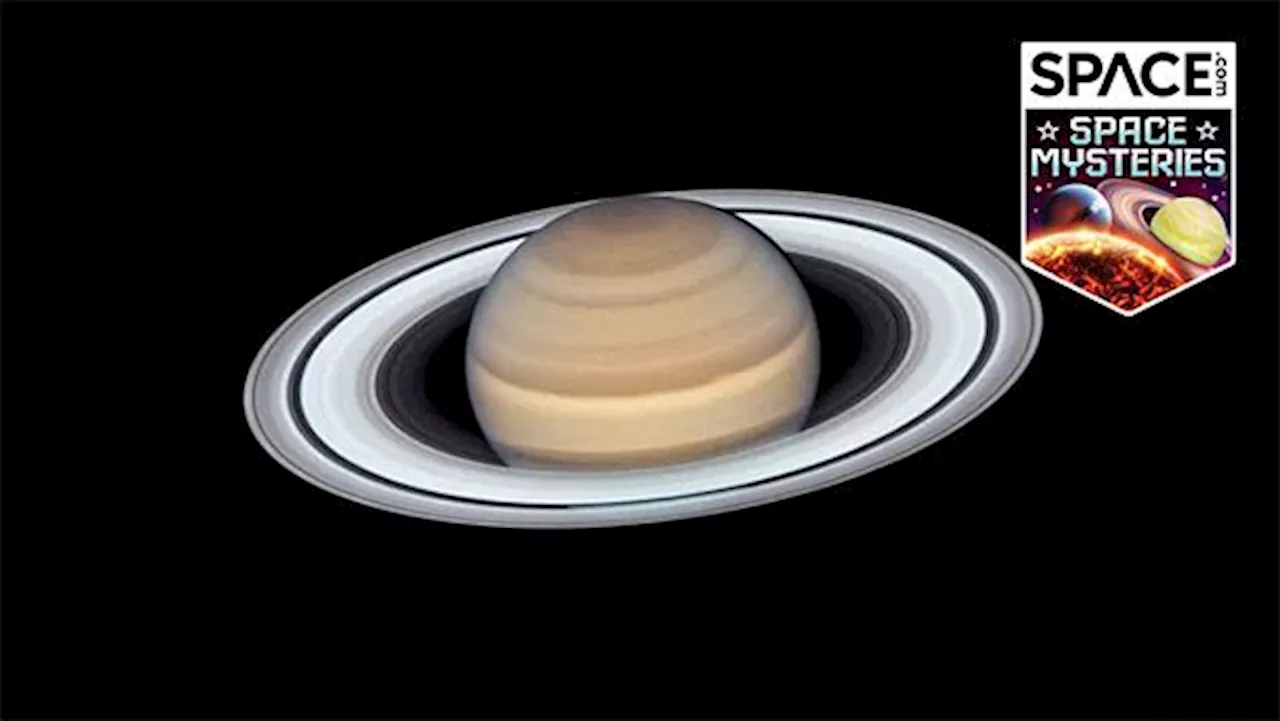 Could alien life be hiding in the rings of Saturn or Jupiter?Rahul Rao is a graduate of New York University's SHERP and a freelance science writer, regularly covering physics, space, and infrastructure. His work has appeared in Gizmodo, Popular Science, Inverse, IEEE Spectrum, and Continuum. He enjoys riding trains for fun, and he has seen every surviving episode of Doctor Who.
Could alien life be hiding in the rings of Saturn or Jupiter?Rahul Rao is a graduate of New York University's SHERP and a freelance science writer, regularly covering physics, space, and infrastructure. His work has appeared in Gizmodo, Popular Science, Inverse, IEEE Spectrum, and Continuum. He enjoys riding trains for fun, and he has seen every surviving episode of Doctor Who.
Read more »
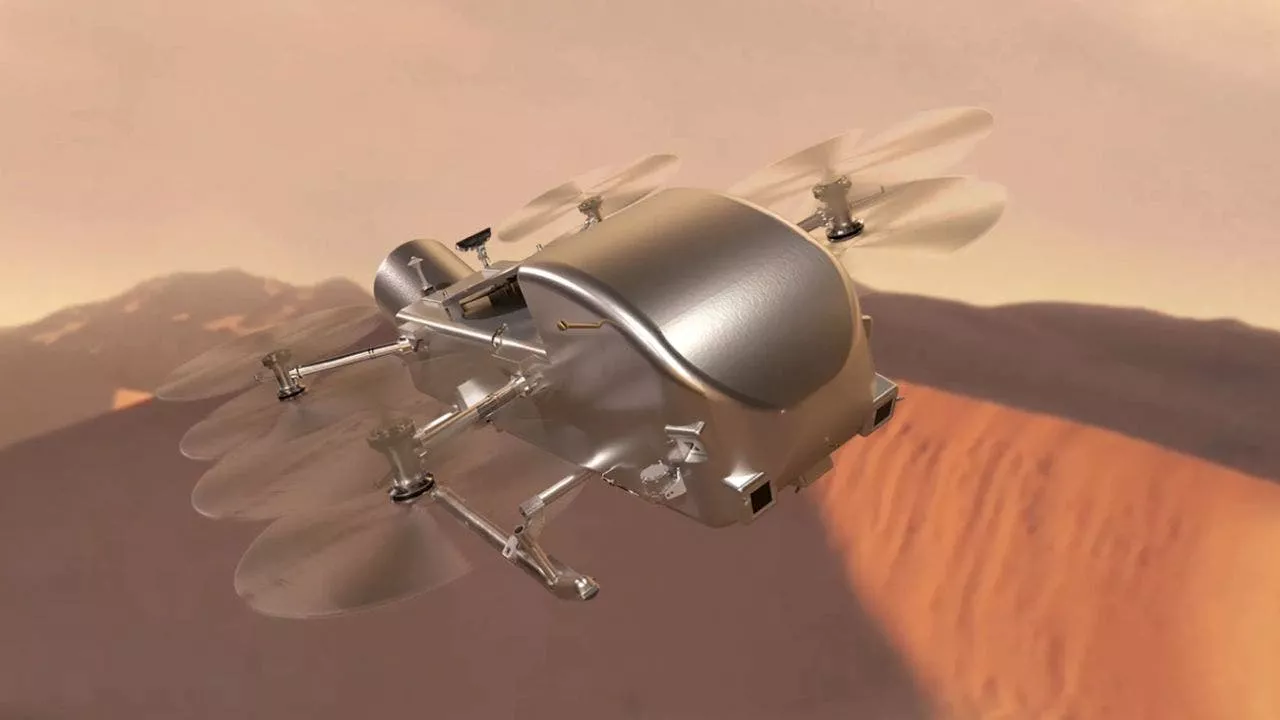 NASA’s Dragonfly drone cleared for flight to Saturn’s moon, TitanNASA'S Dragonfly rotorcraft is scheduled for a 2028 journey to Saturn's largest moon, Titan, which is located 746 million miles from Earth.
NASA’s Dragonfly drone cleared for flight to Saturn’s moon, TitanNASA'S Dragonfly rotorcraft is scheduled for a 2028 journey to Saturn's largest moon, Titan, which is located 746 million miles from Earth.
Read more »
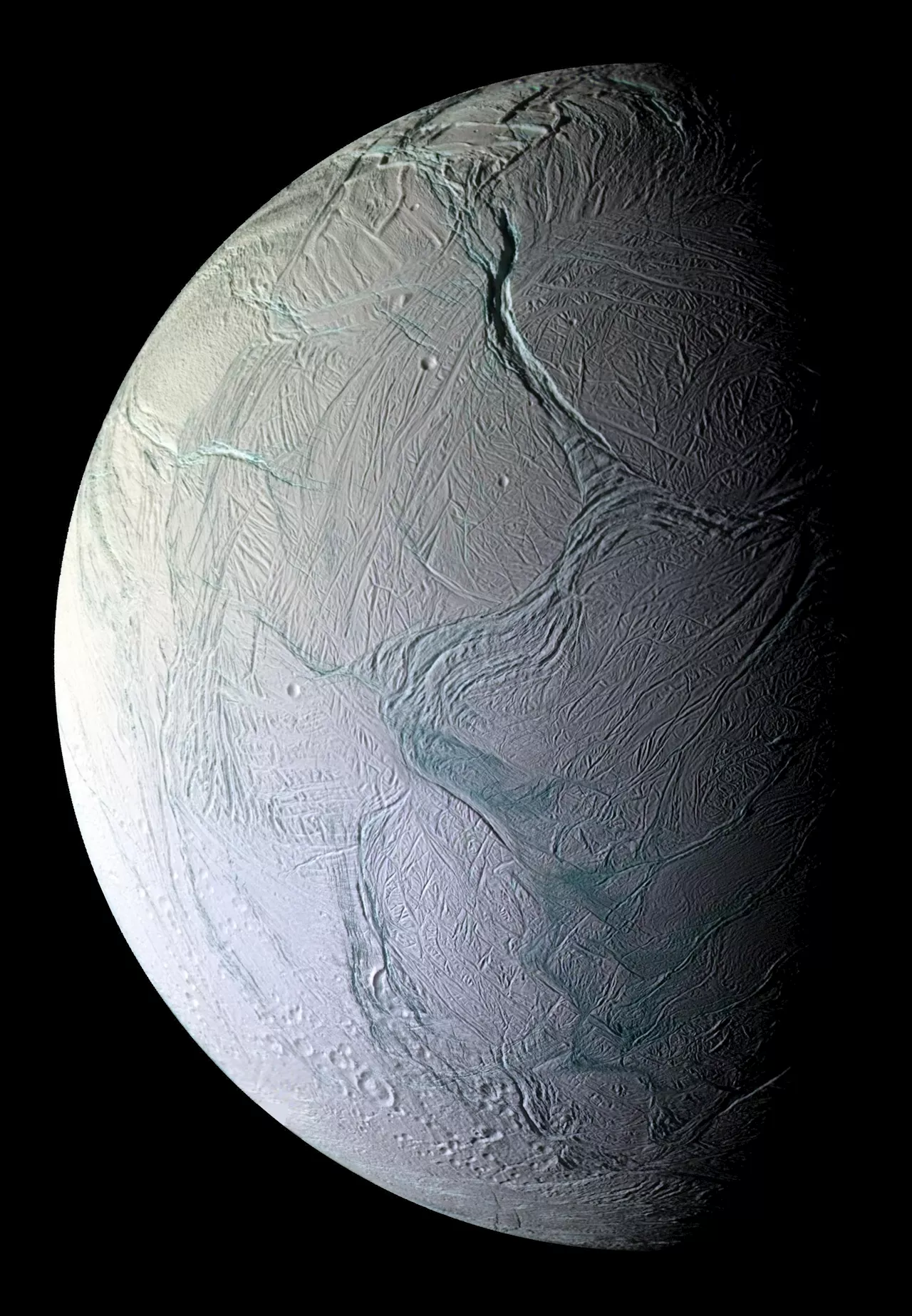 Discovery of biomarkers in space—conditions on Saturn's moon Enceladus simulated in the laboratoryIn 2018, very large organic molecules were discovered in ice particles on Saturn's moon Enceladus. It is still unclear whether they indicate the existence of life or were created in some other way. A recent study could help to answer this question.
Discovery of biomarkers in space—conditions on Saturn's moon Enceladus simulated in the laboratoryIn 2018, very large organic molecules were discovered in ice particles on Saturn's moon Enceladus. It is still unclear whether they indicate the existence of life or were created in some other way. A recent study could help to answer this question.
Read more »
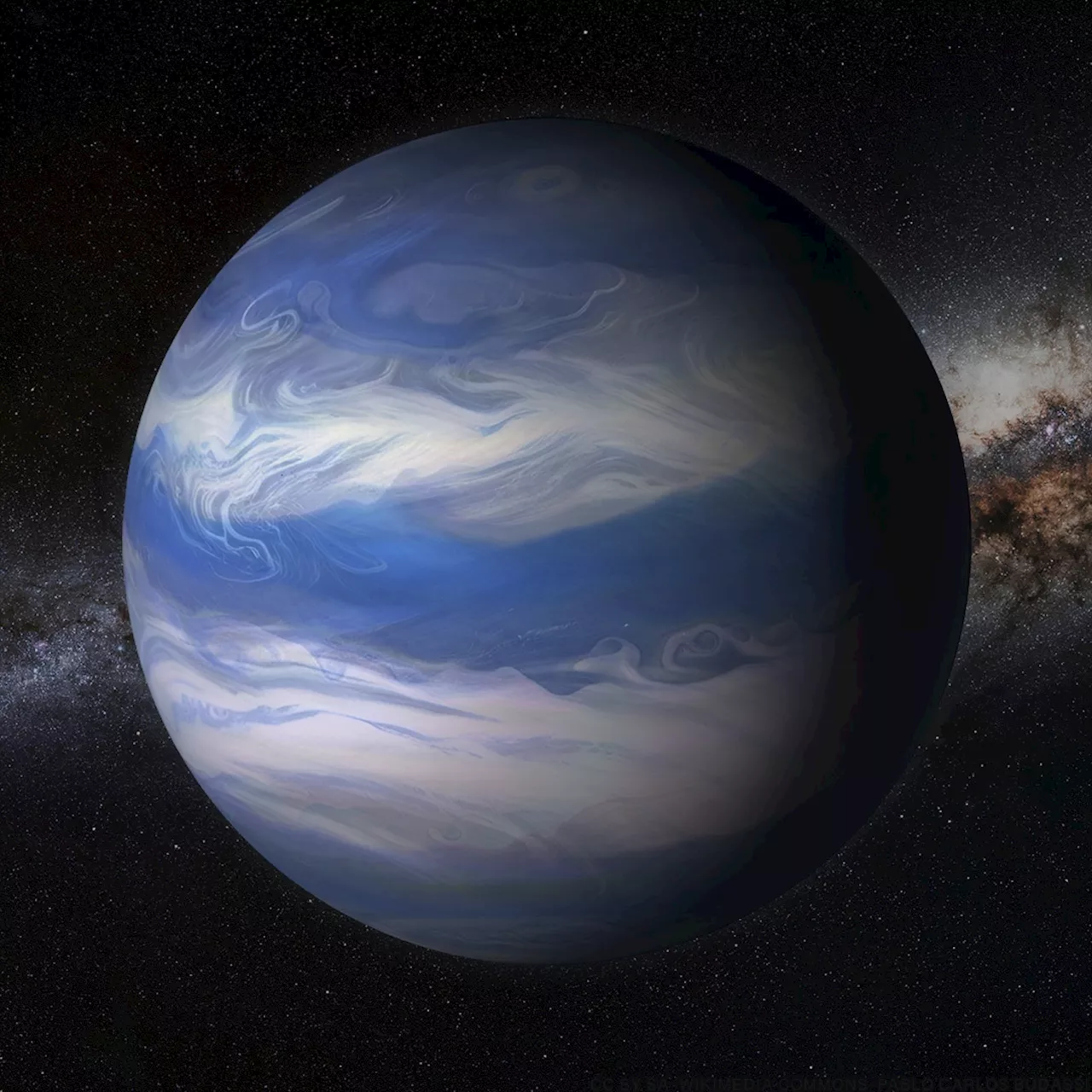 Saturn-Sized Exoplanet Isn't Losing Mass Quickly EnoughSpace and astronomy news
Saturn-Sized Exoplanet Isn't Losing Mass Quickly EnoughSpace and astronomy news
Read more »
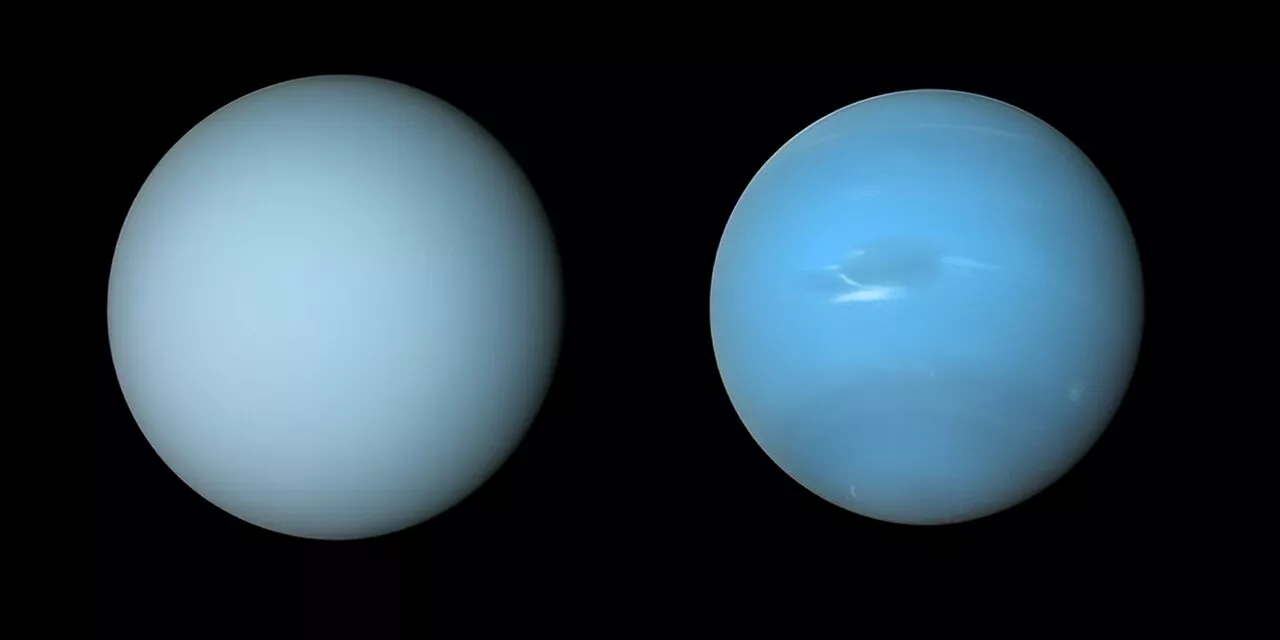 Saturn-sized exoplanet isn't losing mass quickly enoughWe have discovered more than 5,000 planets around other star systems. Among the veritable cosmic menagerie of exoplanets, it seems there is a real shortage of Neptune-sized planets close to their star.
Saturn-sized exoplanet isn't losing mass quickly enoughWe have discovered more than 5,000 planets around other star systems. Among the veritable cosmic menagerie of exoplanets, it seems there is a real shortage of Neptune-sized planets close to their star.
Read more »
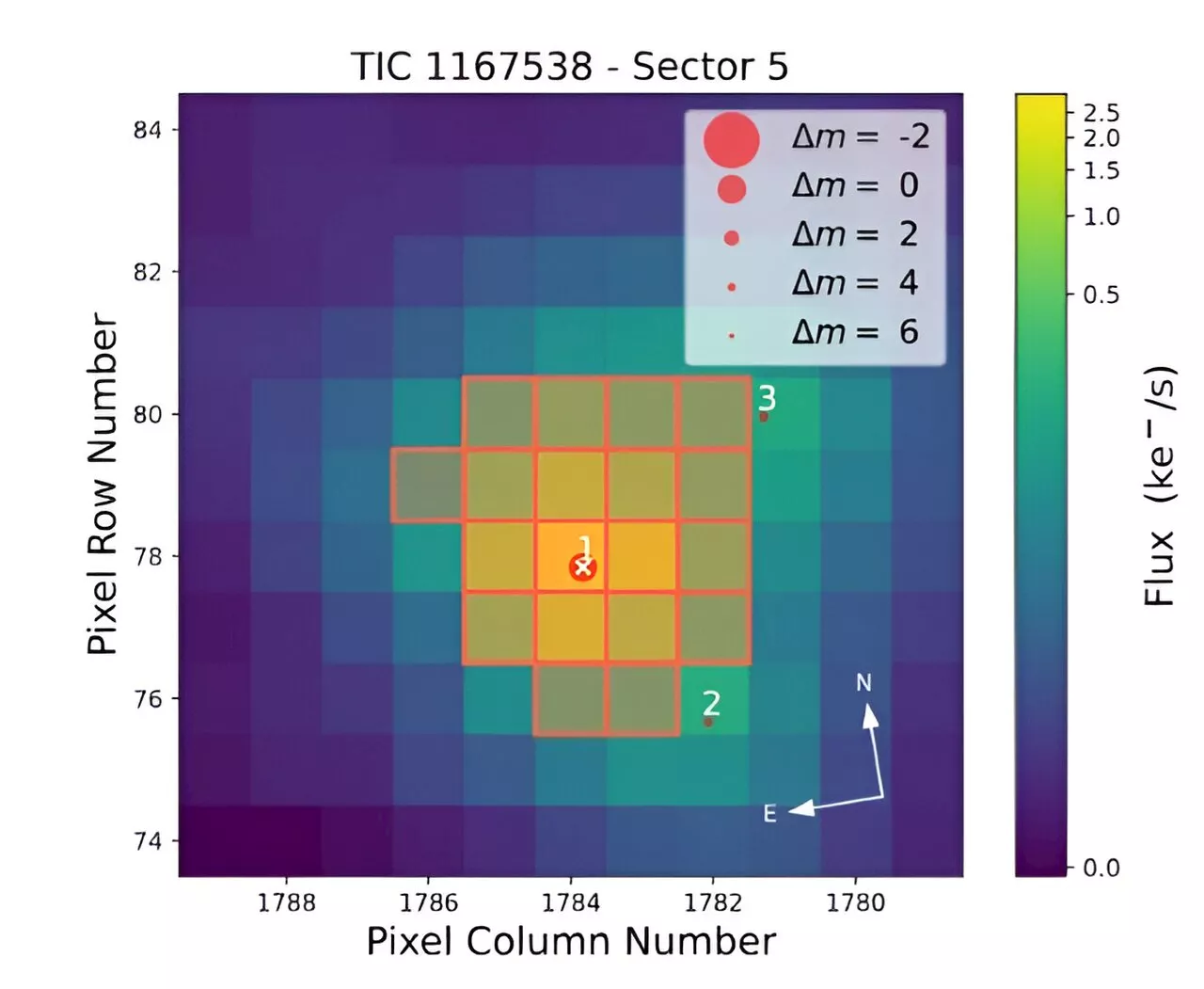 New Saturn-mass exoplanet detected by astronomersUsing NASA's Transiting Exoplanet Survey Satellite (TESS), an international team of astronomers has discovered a new Saturn-mass planet orbiting a solar-type star known as TOI-2447. The finding was reported in a research paper published May 12 on the pre-print server arXiv.
New Saturn-mass exoplanet detected by astronomersUsing NASA's Transiting Exoplanet Survey Satellite (TESS), an international team of astronomers has discovered a new Saturn-mass planet orbiting a solar-type star known as TOI-2447. The finding was reported in a research paper published May 12 on the pre-print server arXiv.
Read more »
